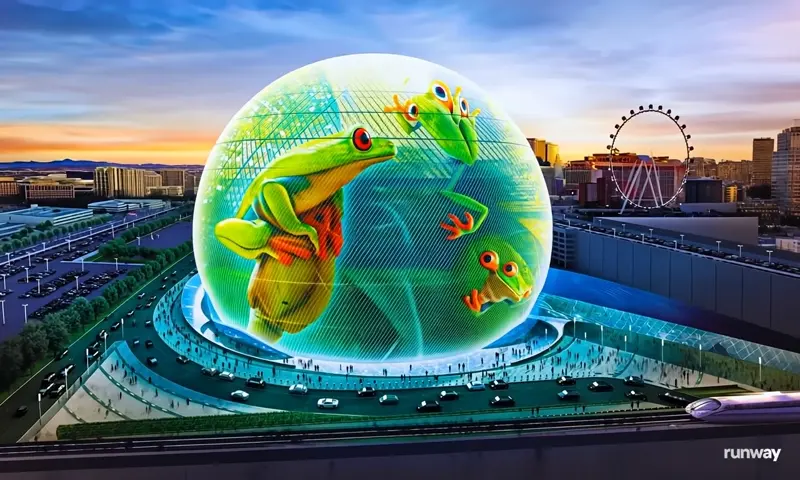In September 2023, the Las Vegas Sphere made its grand debut, setting a new standard in the world of entertainment. The experience within this architectural marvel is nothing short of extraordinary. Imagine a screen that spans the entire ceiling, haptic seats that engage your senses, and an advanced sound system that delivers unique audio tracks to each seat.
The Sphere even goes a step further by simulating wind and scents, immersing you fully in the experience. No expense was spared in creating this groundbreaking cinema; an astonishing $2.3 billion was invested to bring this next-level entertainment to life. But how does all of this incredible technology come together? Let’s delve deeper into the inner workings of the Sphere and explore the advanced technologies that make this possible.
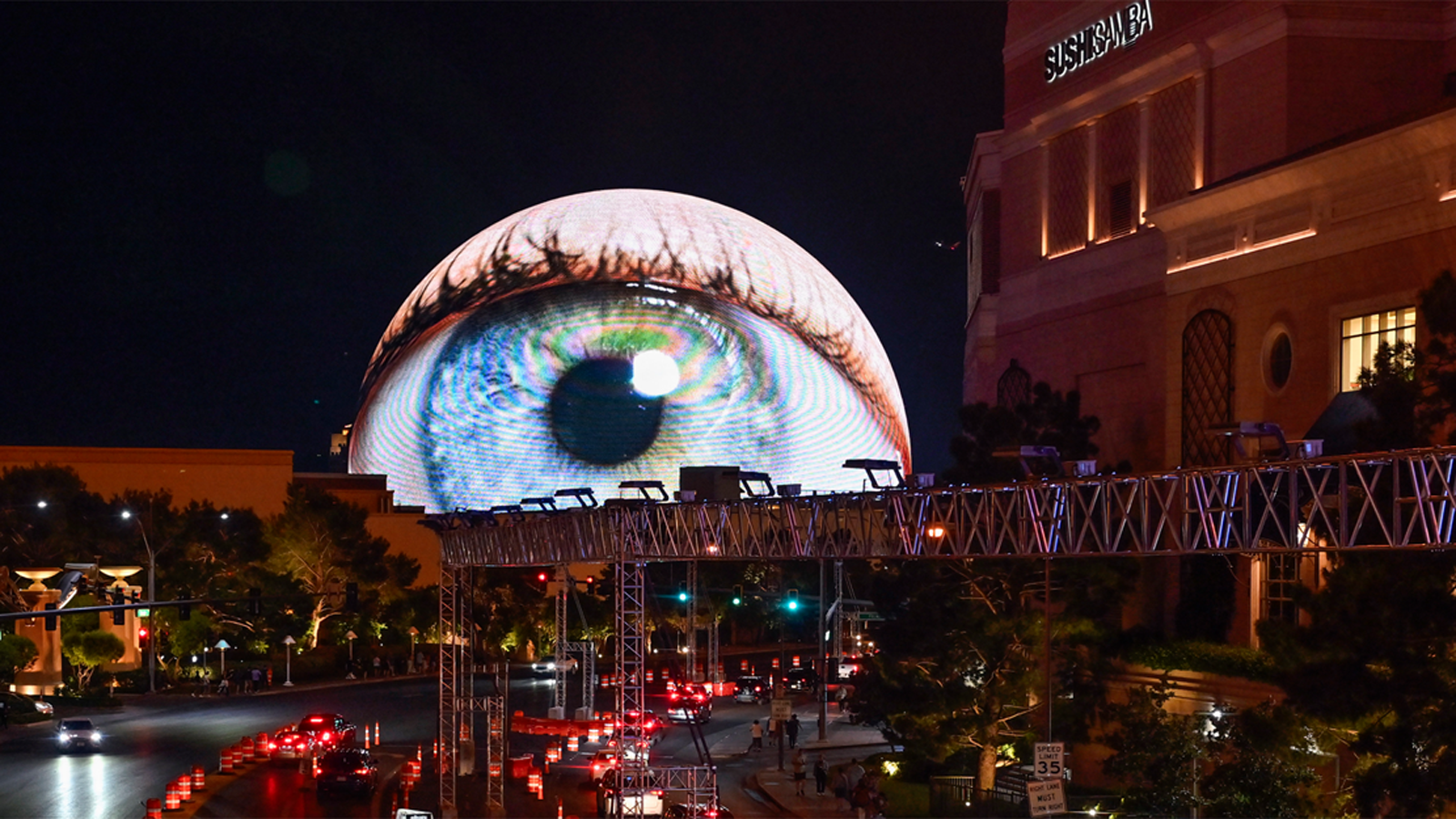
Behind the Curtain: A Collaboration of Visionaries
To offer a comprehensive look behind the scenes, we partnered with Jared Owen, who meticulously crafted a detailed model of the Las Vegas Sphere. It’s truly a feat of engineering, and we encourage you to check out his channel for more insights. The Madison Square Garden Company (MSG), renowned for iconic venues like Radio City Music Hall, the Chicago Theatre, and the Madison Square Garden itself, announced the Sphere in 2018.
Leveraging their vast experience in entertainment venue construction, MSG assembled the finest minds across various industries to bring their ambitious vision to life: reinventing live entertainment. After five years of dedicated effort, the Sphere opened its doors, instantly captivating attention with its exterior. This is the Exosphere—the largest screen in the world, designed by SACO, a company known for its stunning light displays on global landmarks.
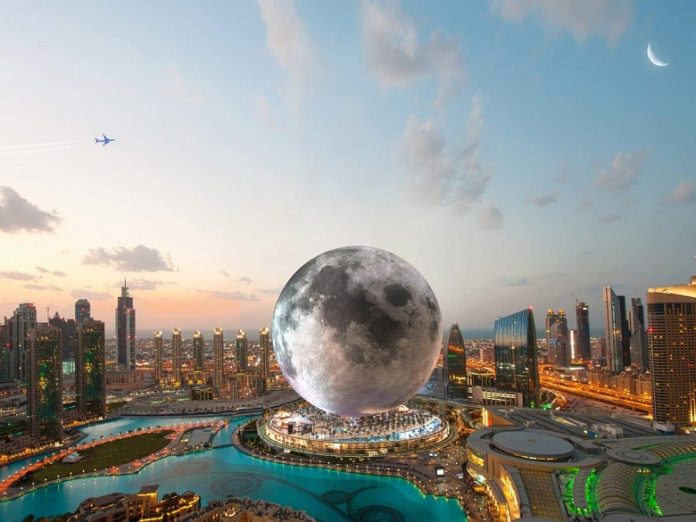
Fresh off their work on the world’s tallest building, SACO set out to surpass their own achievements with the Exosphere, which is three and a half times larger than the screen inside.
The Technological Marvel of the Exosphere
As you approach the screen, it’s evident that this isn’t your average display. While it functions similarly to the screens on your TV or phone, the Exosphere operates on a much grander scale. Screens are typically composed of pixels, tiny dots of light in red, green, and blue. By adjusting the intensity of these colors, millions of different hues are created. When pixels are grouped together and viewed from a distance, they blend to form a seamless image.
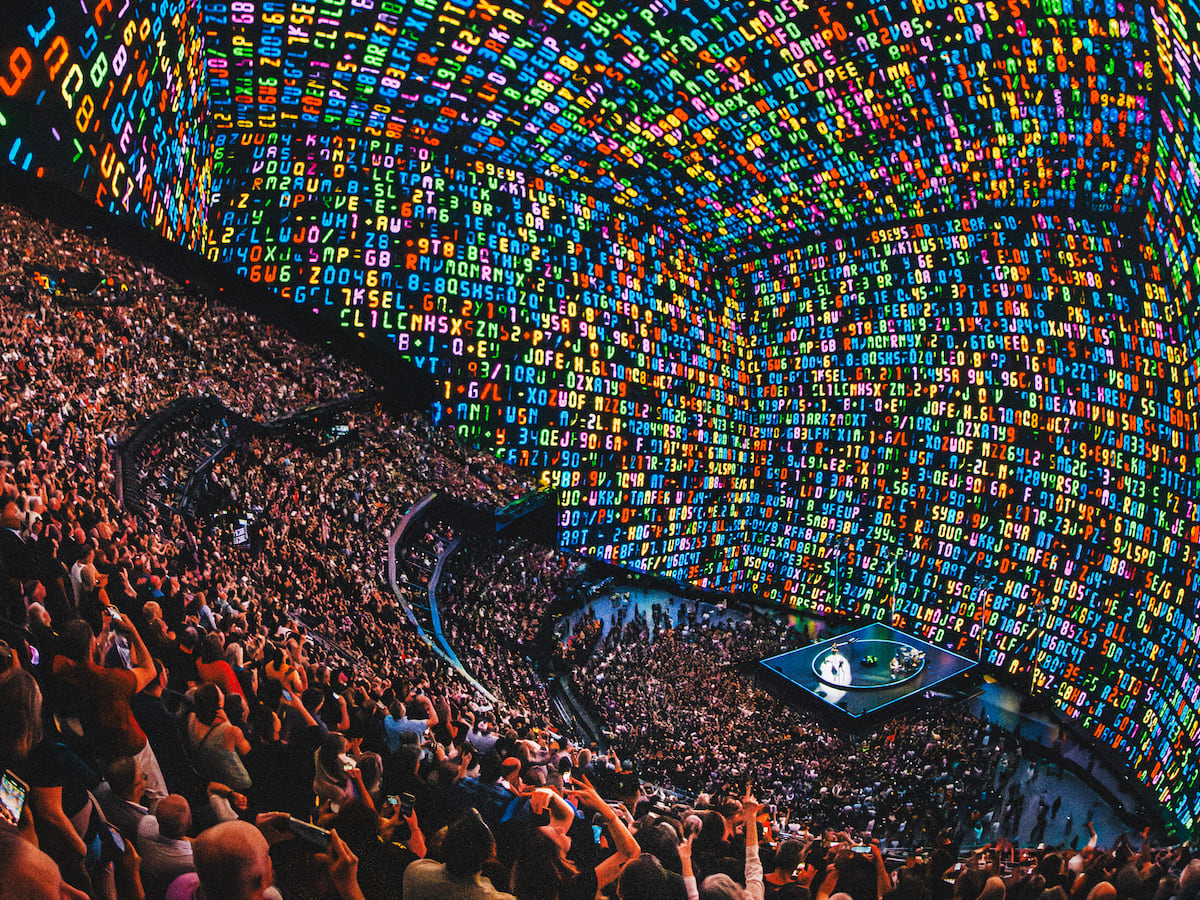
The Exosphere operates on this principle but on a massive scale. With 1.2 million individual lights, each about the size of a hockey puck, the lights function like the pixels on your TV, but each contains a cluster of 48 separate LEDs. While these clusters are spaced apart, when viewed from a distance, the lights blend, producing a sharp, cohesive image that is nothing short of mesmerizing.
Entering the Sphere: A Sensory Journey
Stepping inside the Sphere, you first enter the Atrium, a space brimming with cutting-edge audio and visual technology. The first thing to catch your eye is the Hypervsn Wall, an innovative display that creates a 3D illusion through a clever optical trick. The technology behind it is reminiscent of handheld fans with LED lights on their blades. Hundreds of tiny rotors spin at 670 RPM, much like a helicopter, creating images that seem to float in mid-air. But the technological wonders don’t end there.

The Atrium also features Aura, one of the most advanced humanoid robots in the world. Developed by Engineered Arts over the past 15 years, Aura combines advanced robotics with machine learning. While they don’t walk, their upper bodies move and interact with visitors, answering questions and giving presentations on the technology behind the Sphere. Aura runs on a variety of software, including large-language models like ChatGPT, voice recognition like Whisper, and facial-recognition technology such as Google’s MediaPipe.
Over time, Aura will learn and adapt, enhancing its ability to hold conversations with visitors, even cracking jokes along the way.
The Main Attraction: A Cinema Experience Like No Other
After spending time with Aura, visitors are ushered into the theater for the main event. The Sphere’s primary screen is a colossal marvel, about 20 times larger than the biggest IMAX cinemas. The screen curves around the audience, immersing them in the experience. Composed of tiles covered in LEDs, these are thin enough to curve and allow sound to pass through. With 256 million pixels, it holds the title of the highest resolution screen in the world. Despite its vast surface area, the screen delivers a stunningly clear image from the optimal viewing distance.
The designers had to overcome significant challenges, including developing new filming techniques, as traditional cameras couldn’t capture footage suitable for the Sphere’s wrap-around display. To address this, MSG established Sphere Studios, which created the Big Sky Camera System—a 316-megapixel camera that shoots 18k film at 120 frames per second. This camera, considered one of the best ever made, is so advanced that one second of film takes up 60GB of data, and it requires a crew of 12 to operate. The result is a super high-resolution, smooth visual experience that is unmatched.
The Sound System: A Symphony of Innovation
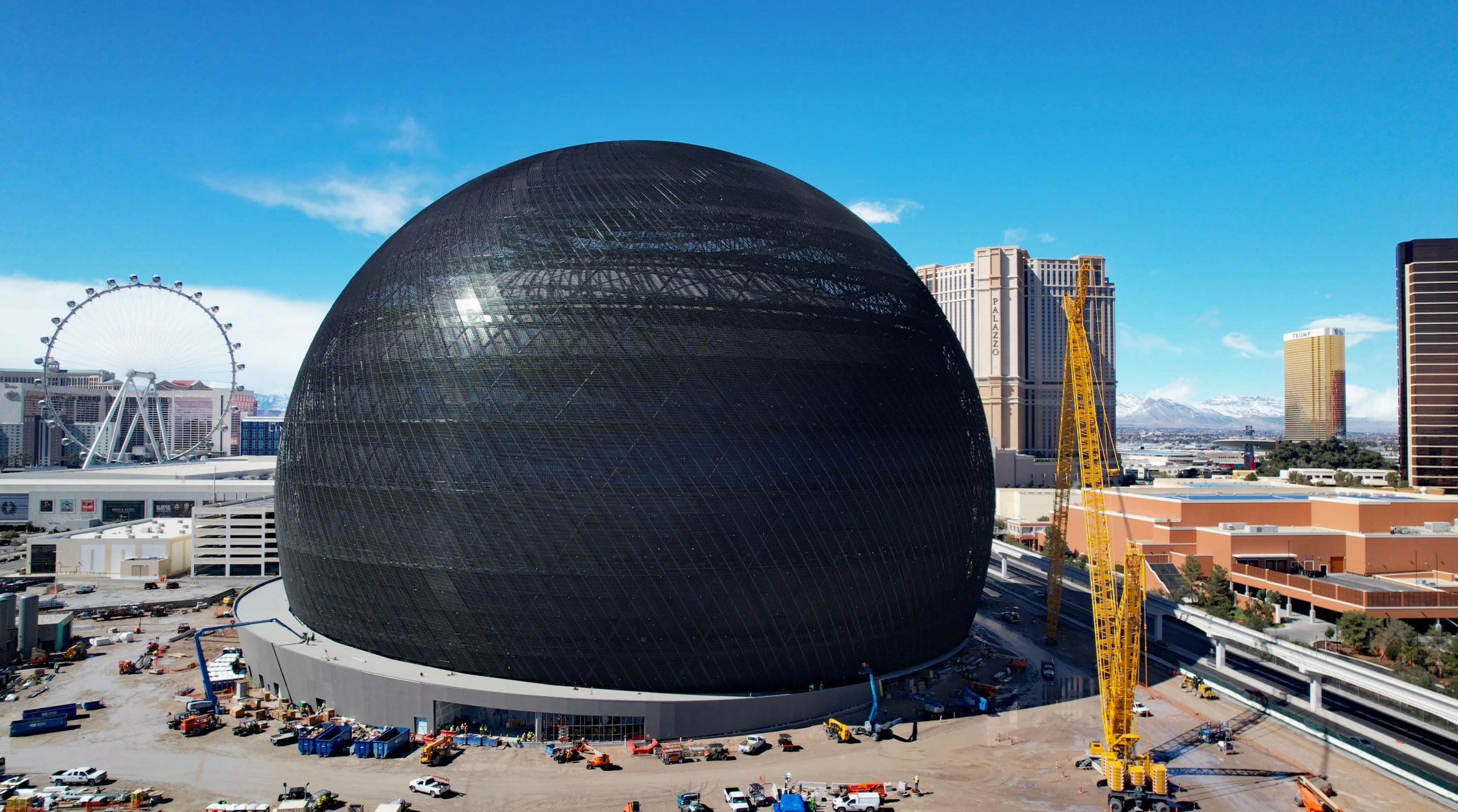
The Sphere’s sound system is equally impressive, designed by Holoplot, a team of German engineers specializing in advanced audio technology. Hidden behind the Sphere’s wrap-around screen are 167,000 speakers, equating to 8.4 speakers per person. These speakers were strategically designed to allow sound to pass through the thin LED screens, a feature known as Audio Transparency.
This system can direct sound to specific areas of the audience, offering customized audio experiences to different sections of the theater. The technology behind this is incredibly complex, involving precise calculations to manage sound waves and ensure optimal audio delivery. The result is a focused sound experience, akin to a laser beam of audio, offering what is described as “headset sound, without the headset.”
A Fully Immersive Experience: Beyond Sight and Sound
To complete the immersive experience, 10,000 of the 18,600 seats in the theater are equipped with haptic technology, allowing them to move and vibrate in sync with the visuals and audio. Wind machines add another layer of immersion, generating anything from gentle breezes to strong gusts, while scents and fog enhance the sensory experience. The Sphere team is careful to avoid overwhelming the audience, ensuring that each element contributes to the overall effect without overpowering the senses.
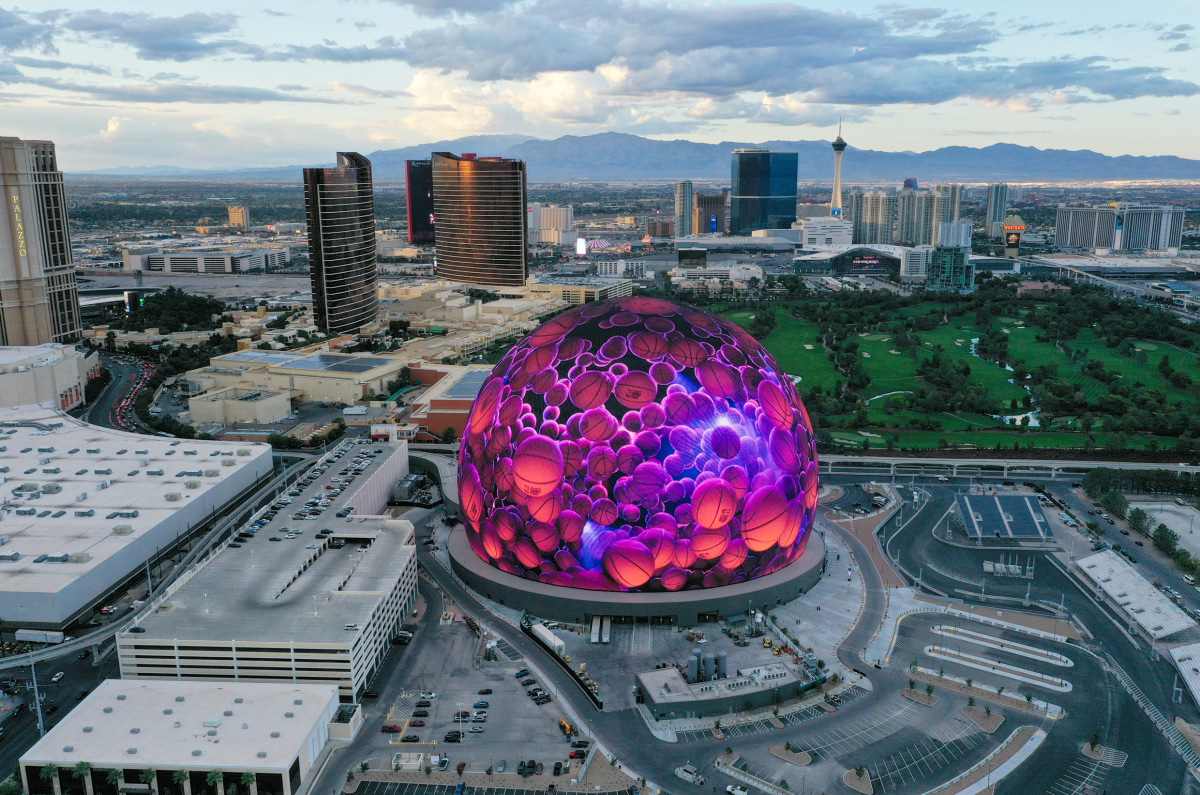
A New Era of Entertainment: Live Shows and Future Plans
Currently, the Sphere offers two types of shows. The first is a live performance by artists like U2 and Phish, featuring a multi-media spectacle that leverages the Sphere’s advanced sound and visual technology. The second is part of the Sphere Immersive Experience, where guests interact with the Aura robots before watching Postcard from Earth, a film by Darren Aronofsky that explores human development and achievement.
Tickets range from $79 to over $300, sparking debates about whether the experience justifies the cost. Future productions and live sports events, such as UFC 306, are also planned, promising even more mind-blowing experiences.

Looking ahead, additional Spheres are being considered worldwide, with locations like Abu Dhabi, South Korea, and Saudi Arabia expressing interest. Although plans for a London Sphere were abandoned due to concerns about light pollution, the future remains bright for this revolutionary entertainment concept. Sphere Studios also aims to take the Big Sky Camera System to new heights—literally—by filming a space walk aboard the International Space Station. Imagine being transported beyond the atmosphere, experiencing the vastness of space as if you were there.
Would you like to visit the Sphere one day?

